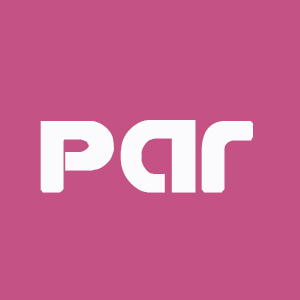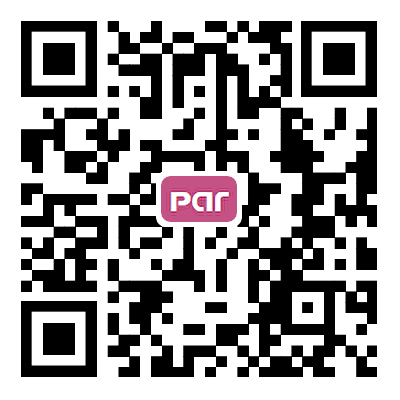fig1

Figure 1. Image reproduced with permission from AO Surgery Reference www.aosurgery.org showing the left zygomatic bone outlined in red, with its anatomical relationship to the frontal bone (superiorly, forming the frontozygomatic suture), maxilla (medially, forming the zygomaticomaxillary suture and infraorbital rim), and squamous part of the temporal bone (laterally, forming the zygomaticotemporal suture), as well as forming part of the orbital floor. Fractures commonly occur at the three above mentioned suture sites, thus result in a classic “tripod fracture”[9]








